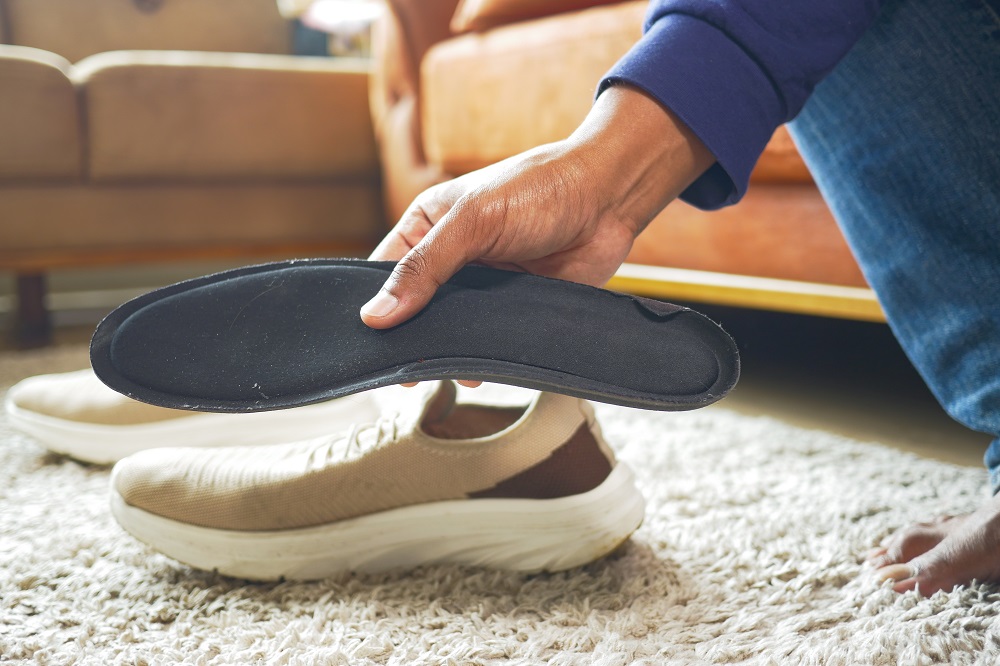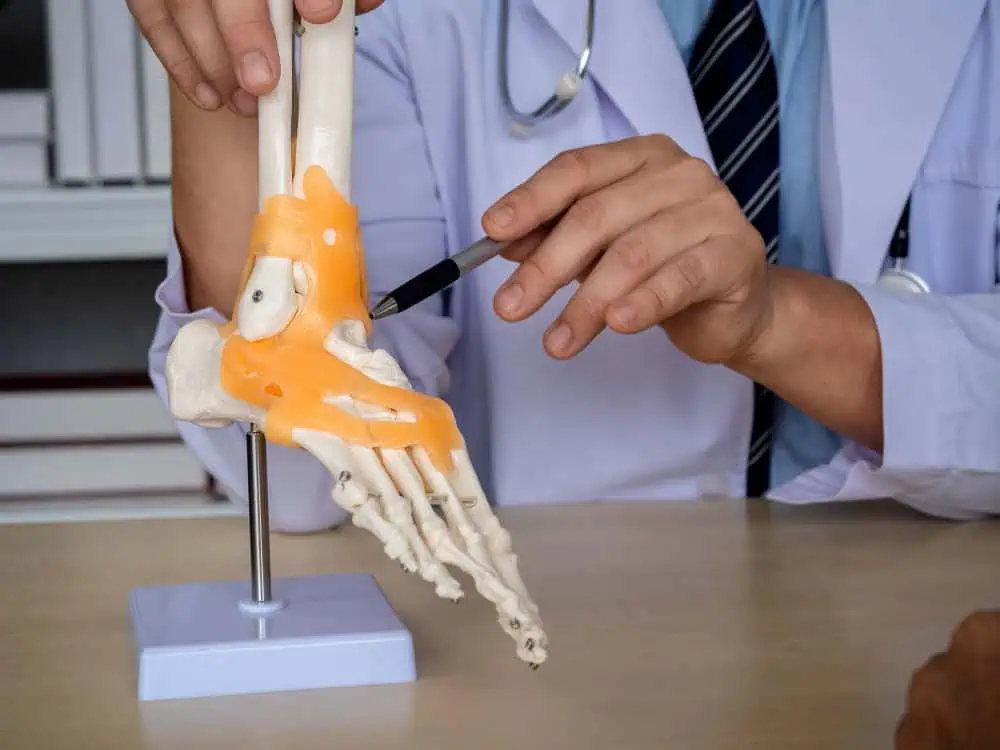
SIRS
As a podiatrist, one of the most serious situations you may encounter is a severe infection in a diabetic patient’s foot or ankle wound. While treating the local infection itself is critical, there’s an equally dangerous systemic condition that can develop from untreated wound infections – something called SIRS or Systemic Inflammatory Response Syndrome.
SIRS may sound like just some technical medical jargon, but it’s actually a life-threatening condition that all foot and ankle doctors need to understand, especially when dealing with diabetic patients prone to infections and poor wound healing. What is it? SIRS represents the body’s overwhelming inflammatory response to an infection that rages out of control systemically.
What Exactly is SIRS? SIRS occurs when the body’s inflammatory response to an infection or injury becomes so extreme and dysregulated that it causes widespread, systemic effects throughout the entire body rather than remaining localized. This is like Sepsis.
Normally when you get an infection, your immune system sends inflammatory cells and proteins like cytokines to the affected area to fight off the invading bacteria or virus. This localized inflammatory response causes symptoms like swelling, redness, heat and pain around the infection site as the immune cells and proteins work to eliminate the threat.
With SIRS, this inflammatory reaction goes into hyperdrive and becomes a runaway, systemic overreaction. Instead of remaining localized, the inflammatory response spreads through the entire body via the bloodstream, causing widespread inflammation that can damage organs and tissues far away from the original infection source.

How SIRS Develops SIRS typically arises as a complication of a severe local infection that isn’t being adequately treated, diagnosed, or controlled. When the immune system can’t contain and eliminate the infection at its original site, the dysregulated inflammatory response starts spilling over into the bloodstream and circulating through the body.
For podiatrists, a classic scenario where SIRS may develop is a case of severe diabetic foot infection that isn’t responding to antibiotics or wound care measures aimed at controlling the local infection. As the foot infection rages out of control, inflammatory proteins and cells start flooding into the patient’s bloodstream, spreading the inflammatory reaction systemically and giving rise to SIRS.
SIRS Criteria Doctors diagnose SIRS when a patient has at least two of the following four symptoms resulting from a systemic inflammatory response:
- Body temperature above 101°F or below 96.8°F
- Heart rate above 90 beats per minute
- Respiratory rate above 20 breaths per minute
- High or low white blood cell count
These criteria indicate that the inflammatory response has become systemic, spreading through the bloodstream and affecting bodily systems like temperature regulation, heart rate, breathing, and immune status.
Why SIRS is So Dangerous? The biggest danger with SIRS is that this widespread, uncontrolled inflammation can cause inflammatory damage to organs and tissues throughout the body, potentially leading to multiple organ dysfunction and failure if not treated promptly.
When SIRS isn’t stopped or slows down, it can progress into an even more severe condition called sepsis where the inflammatory storm triggers a dangerous drop in blood pressure, organ failure, and septic shock that can rapidly become life-threatening without aggressive treatment.
This potential to spiral into sepsis and multiple organ failure is why SIRS carries high mortality rates and needs to be treated as an urgent medical emergency, especially in diabetic patients who are already immunocompromised.
Key Takeaways for Podiatrists
As foot and ankle specialists who treat many diabetic wound and infection cases, it’s critical for podiatrists to understand SIRS and be able to recognize its signs in order to act swiftly. Here are some key takeaways:
- Any severe, uncontrolled local infection has the potential to trigger SIRS, particularly in diabetic patients with impaired immunity and healing ability.
- Closely monitor diabetic foot infection patients for the diagnostic criteria of SIRS like fever, high heart rate, rapid breathing, and abnormal white blood cell counts.
- At the first signs of potential SIRS, be prepared to act quickly and aggressively with polymicrobial IV antibiotics, possible surgical intervention, and consulting other medical teams if hospitalization is required to treat multi-organ effects.
- Don’t ever downplay SIRS or assume a patient is “tough enough” to fight through it on their own. SIRS can rapidly spiral into sepsis, organ failure and death without urgent care.
- Prevention is key – work diligently through wound care and antibiotics to control any diabetic foot infections from the start and avoid progression to SIRS.
The ability to promptly recognize and treat SIRS in diabetic patients with foot infections could potentially mean the difference between life and death. As podiatrists, staying vigilant for this dangerous systemic inflammatory condition should always remain a top priority.
Do you have a foot infection? Call today for an appointment with a WeTreatFeet Specialist
Offices throughout Maryland, Washington DC and Pennsylvania
THIS POST DOES NOT CONSTITUTE MEDICAL ADVICE. CONSULT A PHYSICIAN IF YOU ARE CONCERNED ABOUT SIRS!





